Join us for a special Sea-Bird University session covering how to use, maintain, and process data from this new HydroCAT-EP V2. Classes are held virtually and registration and attendance are 100% free. January 26th, 300:pm PST.
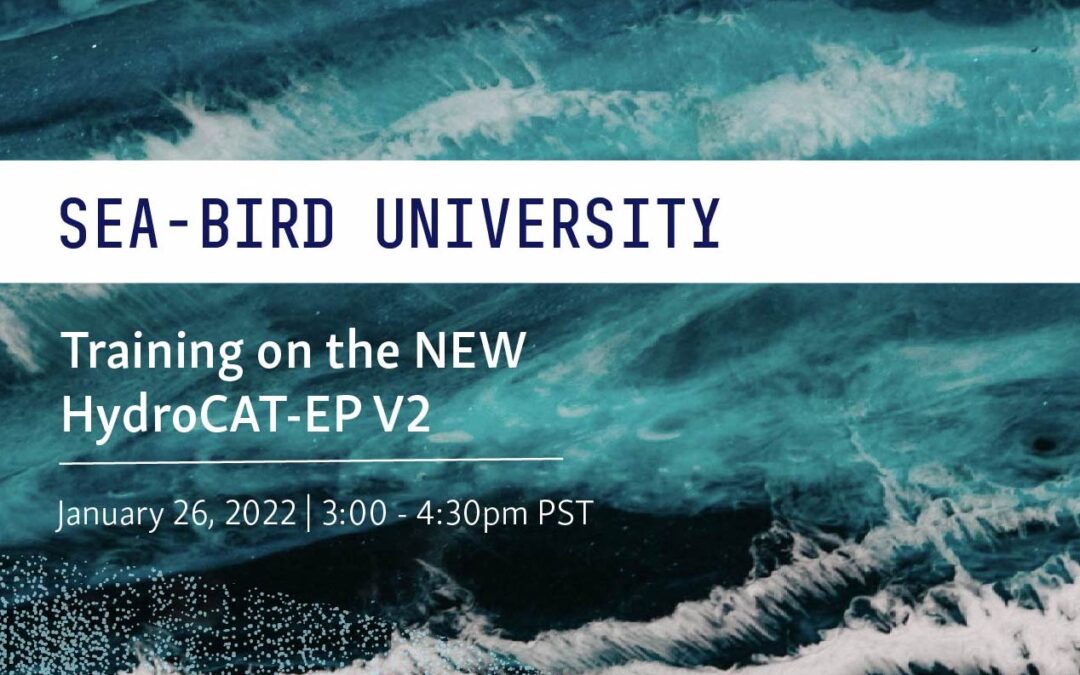

Join us for a special Sea-Bird University session covering how to use, maintain, and process data from this new HydroCAT-EP V2. Classes are held virtually and registration and attendance are 100% free. January 26th, 300:pm PST.
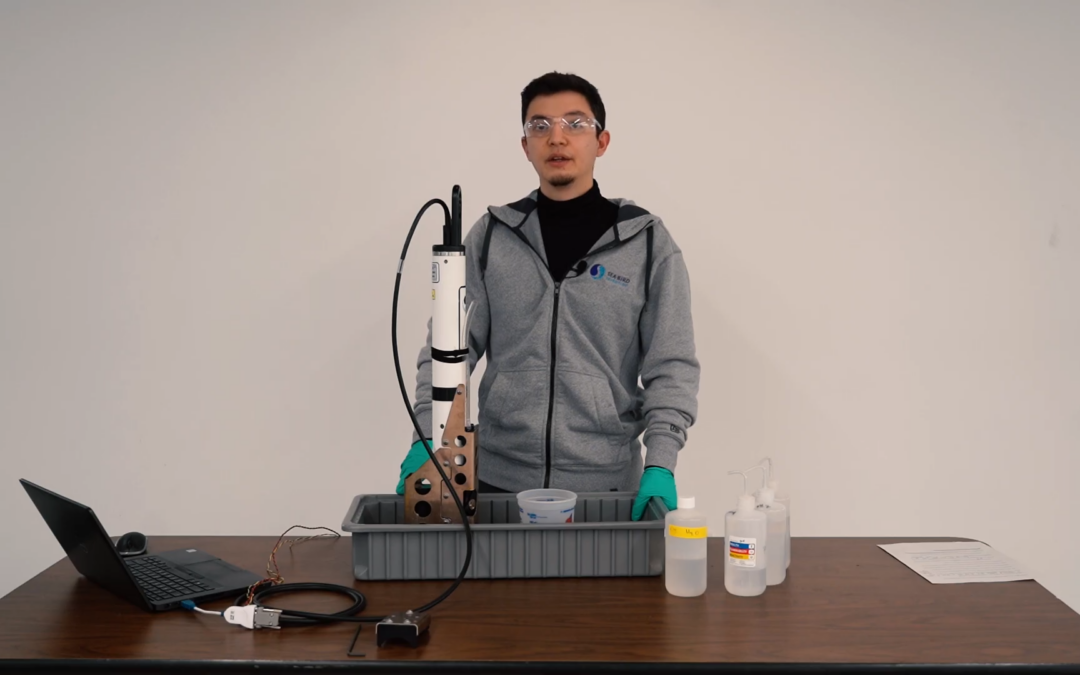
Grab some pH buffer solutions and follow Cody Littleton, our primary HydroCAT-EP Service Technician, as he walks you through how to calibrate this pH sensor.
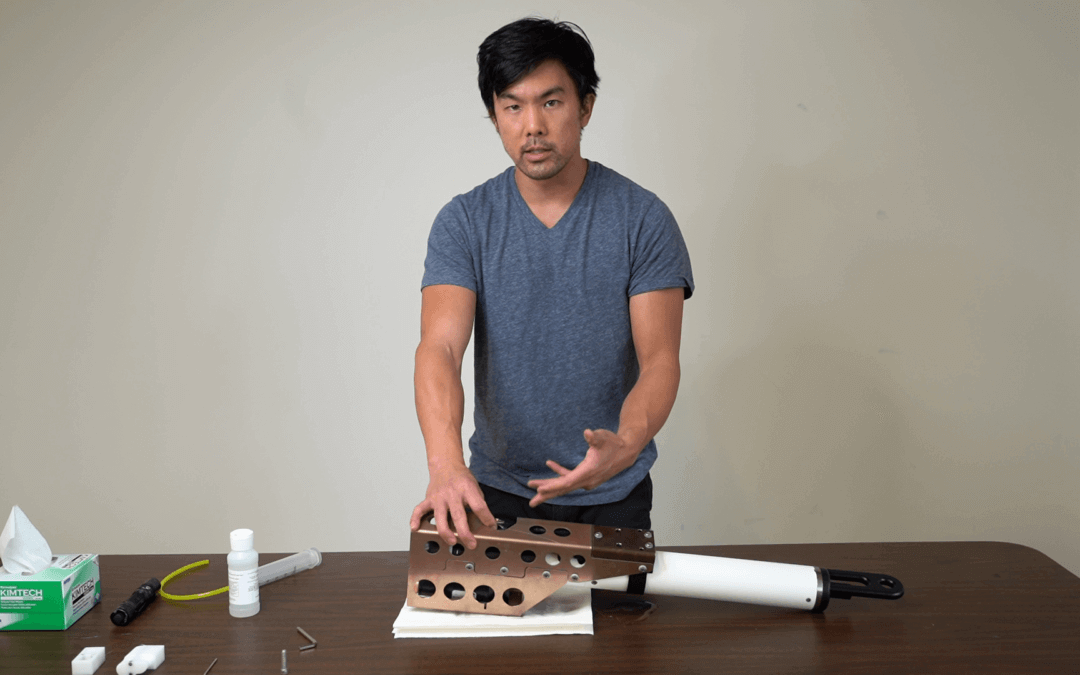
We’ve built new safety features around the HydroCAT-EP V2’s pH sensor. Watch Greg teach you how to properly flush and store your pH sensors to get the most out of your gear.
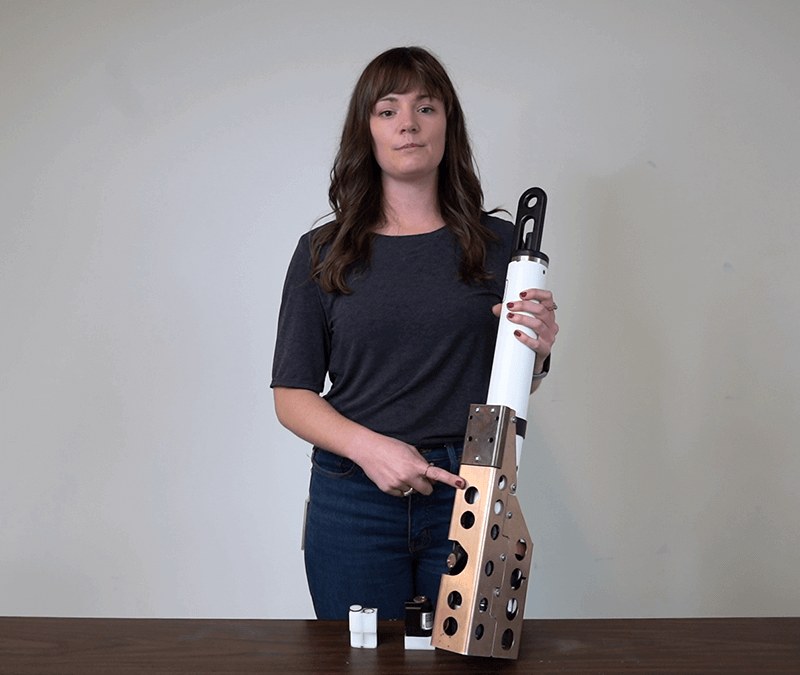
The HydroCAT-EP V2 is the next generation of multiparameter instruments. It measures CTD data alongside dissolved oxygen, pH, fluorescence, and turbidity, all within a single self-contained package. Learn about the new changes to this product.
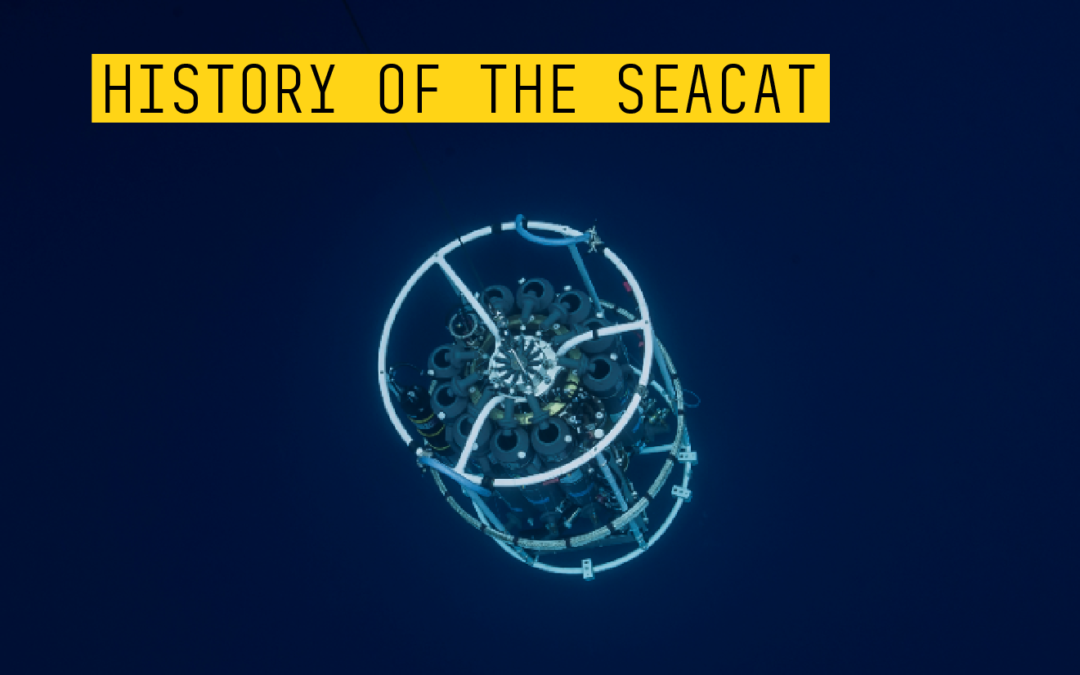
SeaCATs, the CTD family consisting of the 16plus V2 and 19plus V2, were first developed in late 1985 back when Sea-Bird had barely evolved past a garage operation. When a customer requested a moored CTD – the first that Sea-Bird had ever built, Sea-Bird's team...
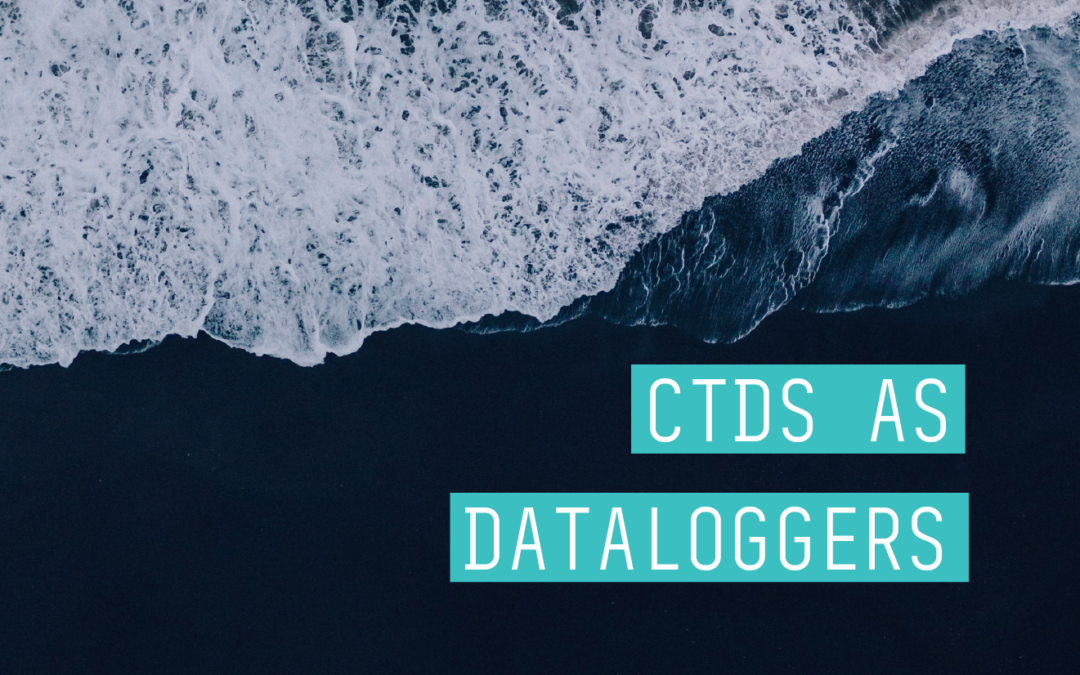
The acronym “CTD” might unofficially represent more than just conductivity, temperature, and depth. Since most CTDs include one or more auxiliary sensors, a given CTD package might technically be called a “CTDpHDOFLNTUTr” (CTD + pH + dissolved oxygen + fluorescence +...
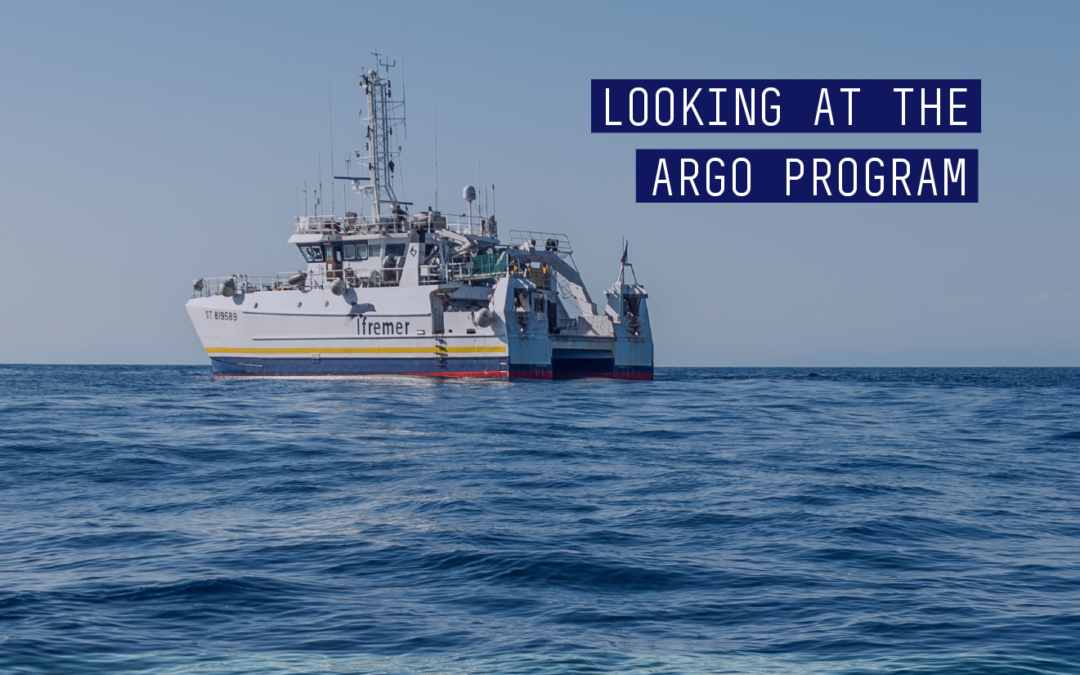
In the last year of news, the dominant story has been a science topic: the coronavirus pandemic. And though most forms of Marine Science have little to do with the global response to COVID-19, its effects are felt in almost every aspect of our own scientific...
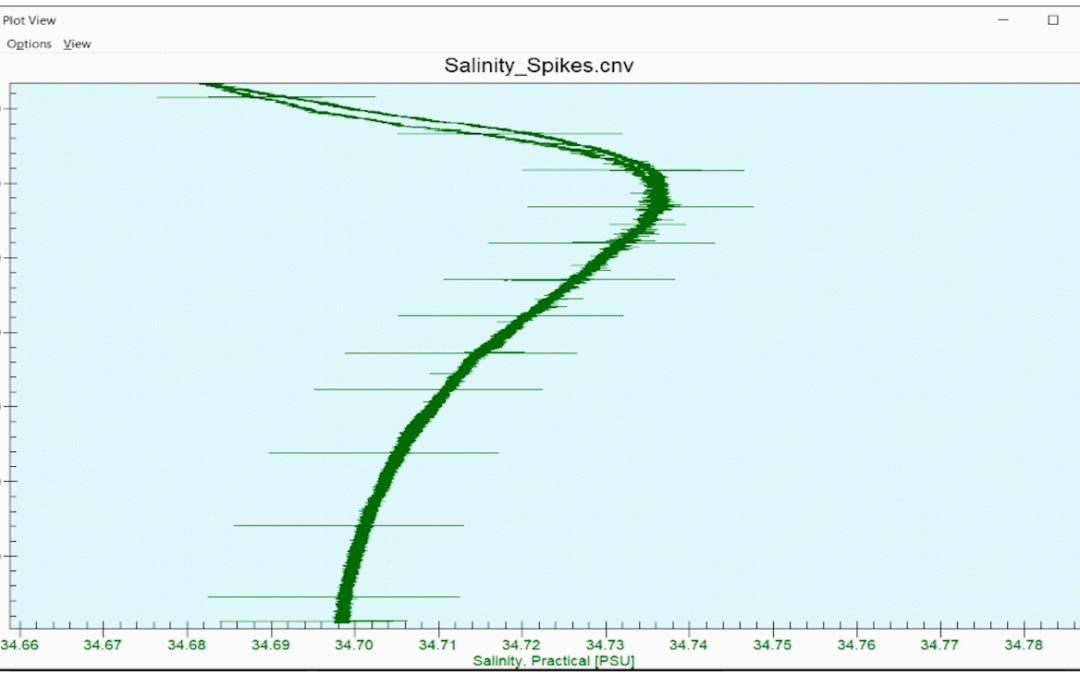
This salinity profile was from an arctic deployment in rough seas. At a certain point, we see regular salinity spikes of about ± .01 psu in the upcast data. Can you determine what caused this?
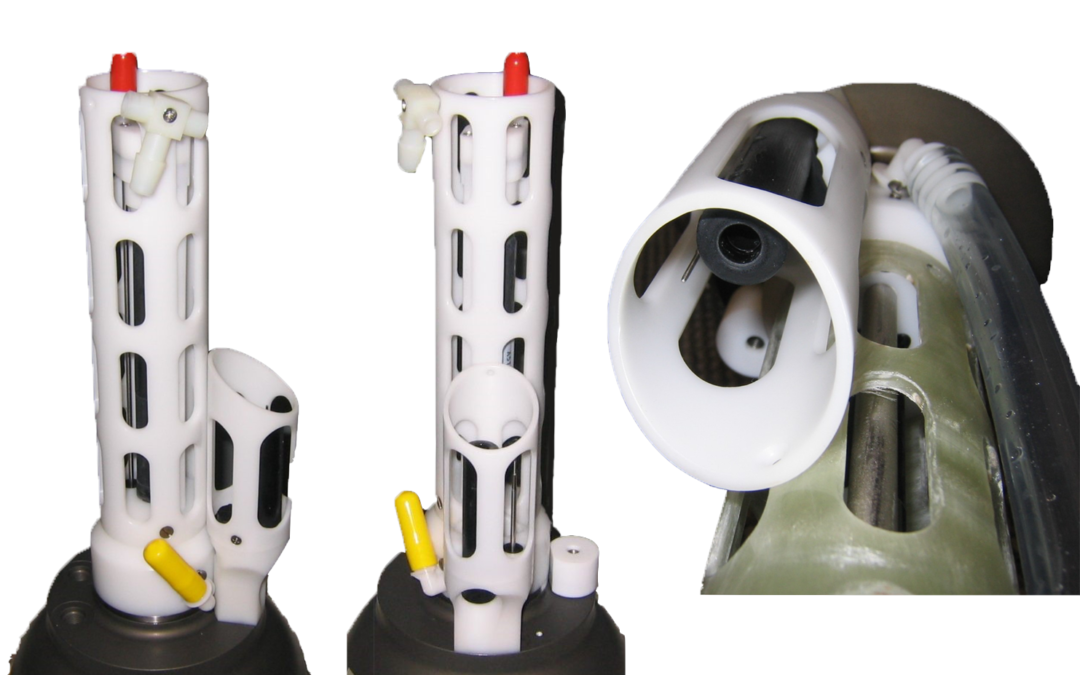
You never know what’s floating on the surface. That’s why Sea-Bird created the STS – to prevent the main Argo CTD from ingesting surface contaminants, but still obtain surface data. Learn how it helps extend deployments.
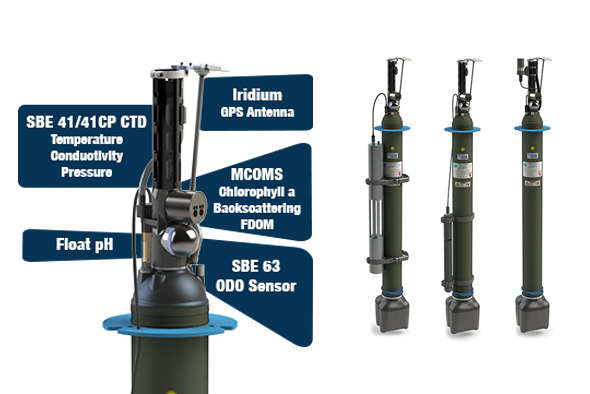
Did you know that the sensors that power BGC-Argo are also in heavy use on shipboard and moored platforms? Learn about the analogous BGC sensors for deployment on moorings and vessels, and how your field crew can keep stride with ocean robots.
We hope to see you at UG2 '24 We are excited to sponsor the upcoming 2024 Glider Workshop in Ann Arbor, Michigan, from September 10 - 12, 2024. Overview This workshop will bring together the global underwater glider community to strengthen international collaboration...
Press Release Wednesday, June 26 2024 Collaboration and partnership is at the core of what we do. We are - Enabling the science that matters - working with scientists and researchers across the globe to provide instrumentation that produces defensible and accurate...
Celebrating and honoring our LGBTQIA+ communities It is in our DNA at Sea-Bird Scientific to embrace community and the beauty in diversity. As during previous Pride Months, we have changed our logo on social media to feature the colors of Pride throughout the month of...